This post provides general guidance about competition BBQ health and fire requirements, but remember that every county, city and state has different rules when it comes to health and fire codes at barbecue competitions.
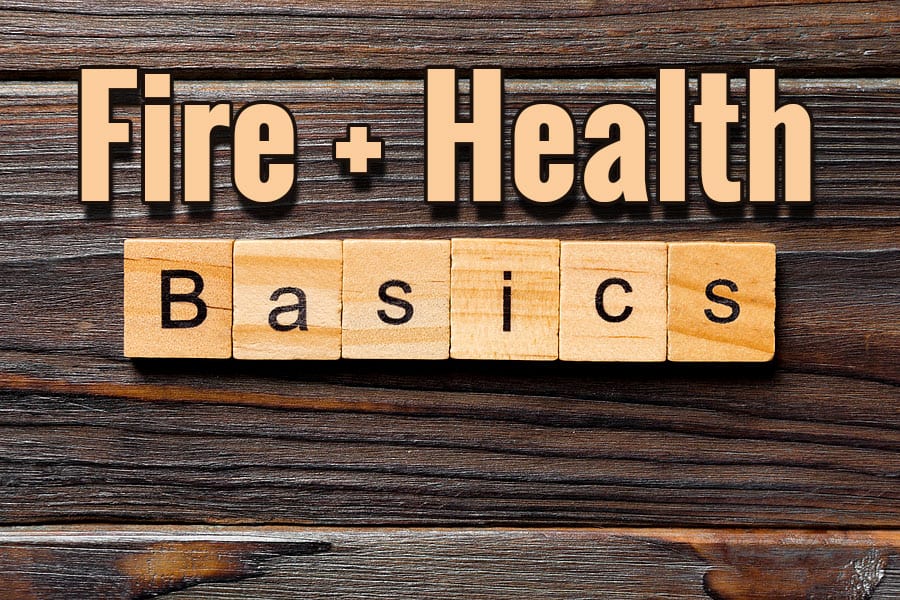
Save this BBQ Tip
Enter your email, and I’ll send this link directly to your inbox. Plus, you’ll get new BBQ recipes and tips weekly.
Be sure to reach out to the event organizer to find out the exact rules for your contest.
Fire Requirements
I’m going to start with the standard fire code rules, because these are a little easier.
Fire Extinguisher
Whether it’s required or not, it’s a good idea to have a 5-pound ABC fire extinguisher. The ABC is the rating. It means it will extinguish, wood, paper, liquids (like gas) and electrical equipment.
You can pick up a fire extinguisher at Wal-Mart or Amazon, but be mindful that it needs to be inspected annually. I thought I could just buy an extinguisher and bring it to a comp, but it has to have an inspection tag on it, and it doesn’t come with one.
Getting it inspected is trickier than I thought. I’ve heard some fire departments will inspect them, but not in my city. So you’ll need to google “fire extinguisher inspection” to find a place near you.
An inspection costs around $20.
Space
Another common fire code rule is making sure your fire and pits are not underneath your tent. This is a precaution in case there is a spark. Those tents are super flammable.
If you’re given a 10×10 space, this is a little tough, but I’ve found contests will give you a little extra space behind your 10×10 area for grills.
Ash Disposal
Lastly, think about how you’re going to dispose of your ashes. With my drums, I can close the vents down, let the coals extinguish and bring everything home contained where I dispose of them.
For grills that aren’t that simple, you’ll need to dispose of your ashes in the ash can available at the contest. Never put them in a dumpster. That’ll kick up a fire in no time.
If you have a metal pail, you can dump the ashes into the pail at your site, and then just take that pail to the ash can.
Health Requirements
When you’re cooking away from your kitchen, you don’t have the luxury of running water and refrigeration, so you’ll have to create a food-safe environment to avoid getting the judges and crowd sick.
Hand Washing Station
You’ll be working with raw meat, so it’s important to have a way to wash and disinfect your hands. Latex gloves and anti-bacterial wipes are not enough.
There are a few options for hand-wash stations, but the water needs to be warm. The Southern Nevada health district requires it to be 90-110F degrees. To get your water hot, use a large pot and a Coleman stove, and test the temp with your Thermapen.
My first setup was a cheap 5-gallon water container from Amazon that had a built-in spigot. I used a couple bungee cords to secure a paper towel holder to it. It was totally redneck, but it worked.
The only problem is it wasn’t insulated, so the water didn’t stay warm for long. Within no time, I upgraded to a Cambro drink dispenser. For both of these hand-wash stations, you’ll need a plastic bucket to collect the water. Just pickup one of those 5-gallon buckets from Home Depot.
Some of my other friends have built or purchased portable tables with sinks. That’s an option, too. When you’re all in, you can upgrade to a trailer.
Sanitation Station
That’s great for your hands, but we’ve gotta keep our utensils and surface areas clean, too. That’s where the sanitation station comes in.
Code usually requires three bins. The first bin is for soapy water, the second is clean water to rinse dishes, and the last is bleach water for sanitation.
I use cheap plastic tubs I picked up on amazon, and I carry a small bottle of bleach with me. I fill the tub halfway with water and add less than a capful of bleach. You’ll need to pick up bleach test strips to make sure the solution is 50-100 ppm bleach water.
You just drop the strip into the water. It will change colors. Match the color of the strip to the chart on the side of the bottle. Add more water or bleach, if needed.
Throw a rag in this sanitation tub. That’s what you’ll use to wipe up dirty tables. Our health district recommends changing the water every 4 hours.
Maintaining Food Temperatures
No matter how clean your hands and workspace are, what can really get people sick is spoiled meat.
If you’re packing your meat in a cooler, load it down with ice or ice packs. Keep a thermometer inside, and make sure the temp is below 40F degrees. If you’re cooler is large, use two thermometers.
If the temp starts to rise, add more ice.
After you inject your meat and return it to the cooler overnight, same thing. Keep that meat below 40F.
Once your meat is smoked, you’re likely going to hold it for a couple of hours. At this stage, it needs to be kept above 135F degrees.
The meat will be around 200F degrees when it comes off the smoker. When you place it in a Cambro or empty cooler, it will stay at the right temp until turn in.
If cooked meat is below 135F degrees for more than two hours, it should be tossed.
If you’re doing People’s Choice, you run a greater risk of hitting the danger zone. I recommend limiting how much meat you pull out of the Cambro at one time. Keep the meat warm in chafing dish with a sterno.
Once the competition is over, dispose of your dirty water in the provided dump area or a toilet. Pouring bleach water and dirty meat juice water onto the ground or bushes is not healthy for wildlife, pets or the plants.
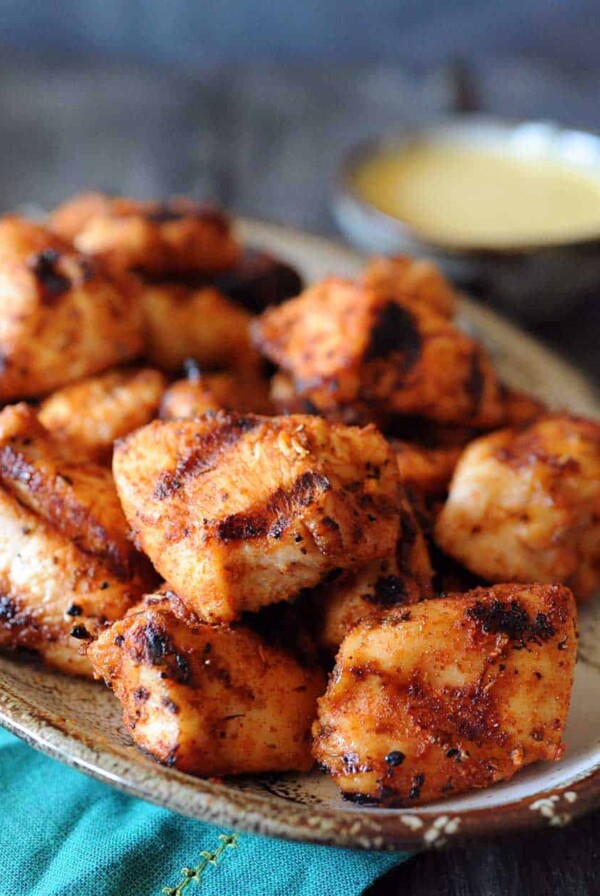
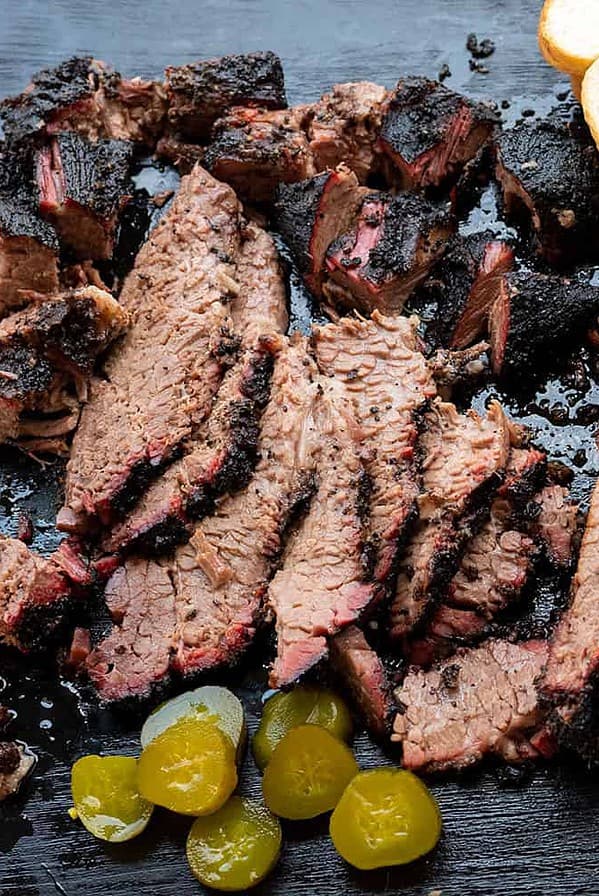
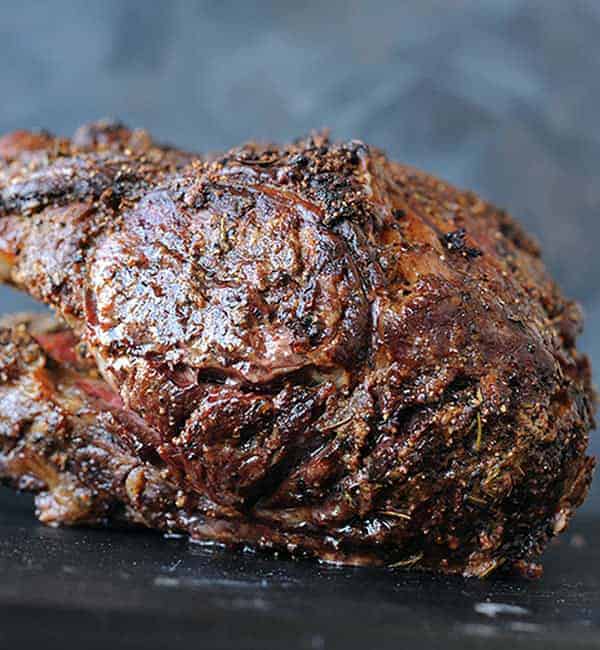
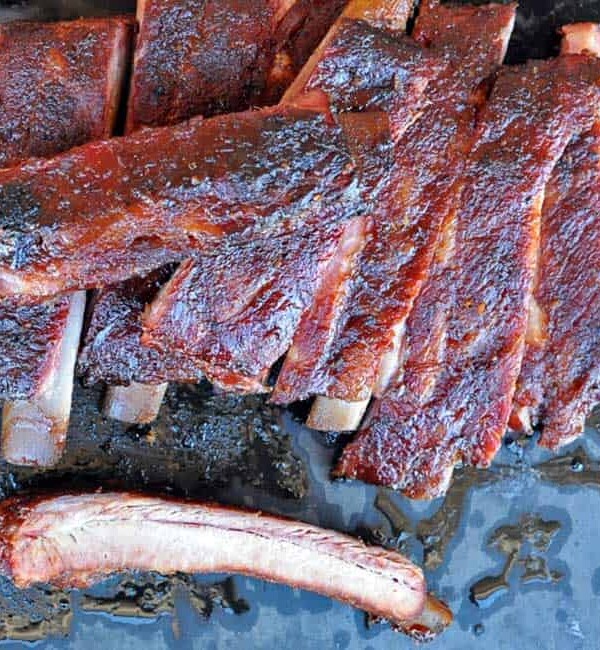









When are competitions going to happen in California, again?
Why would the sanitation station contain bleach water to sanitize with? The residual chemicals in bleach will remain on the dishes or tongs or whatever they are washin! I manufacture and all natural 100% chemical free solution that is 100% safe for humans and pets and it’s approved by the EPA and the FDA and USDA as a food contact solution and the best thing about it is it’s 120x STRONGER than Bleach and is Chemical Free! I also produce an All Natural Grill Cleaner as well that actually works and is 100% organic
I based this on what the Southern Nevada Health District requires. If you have an alternate solution that they would accept that is natural, that’s great.